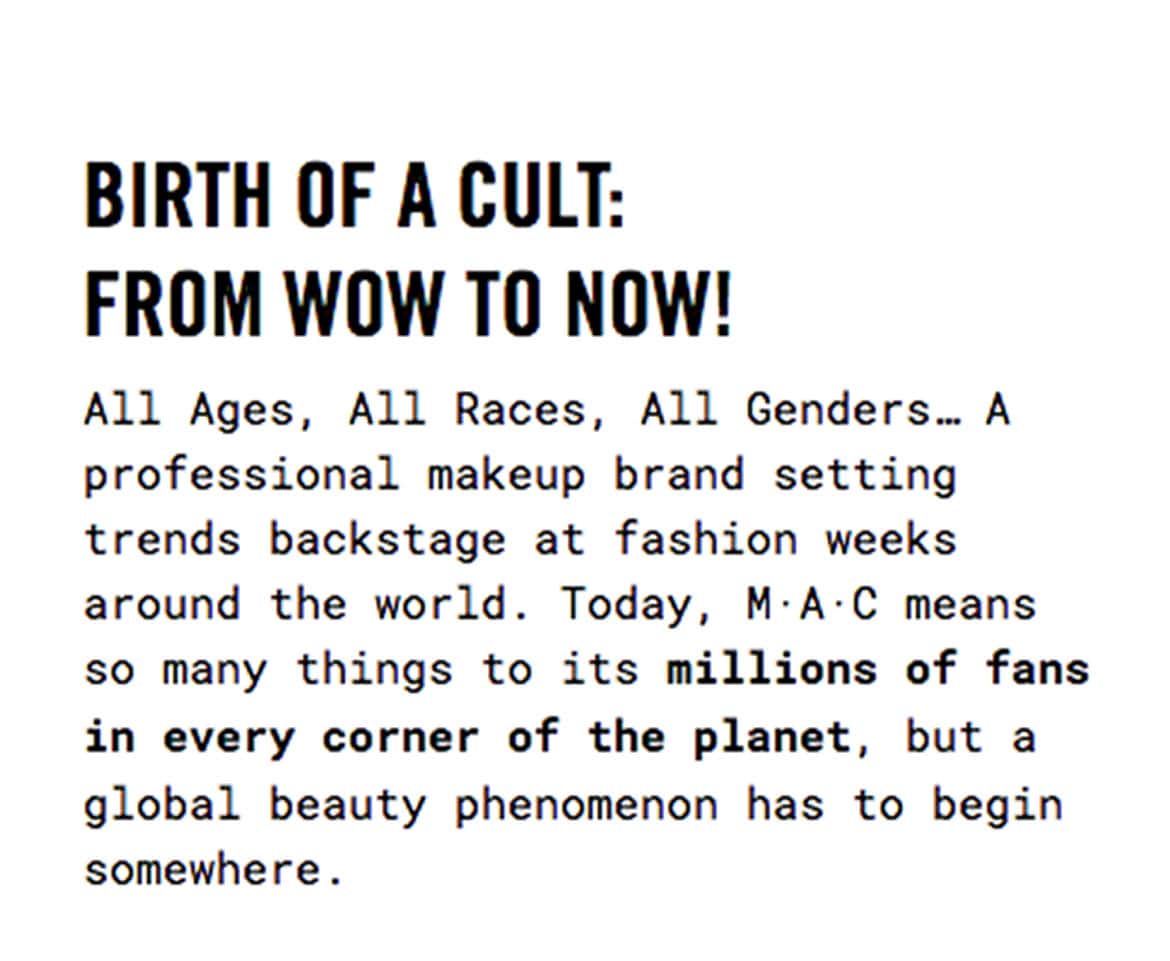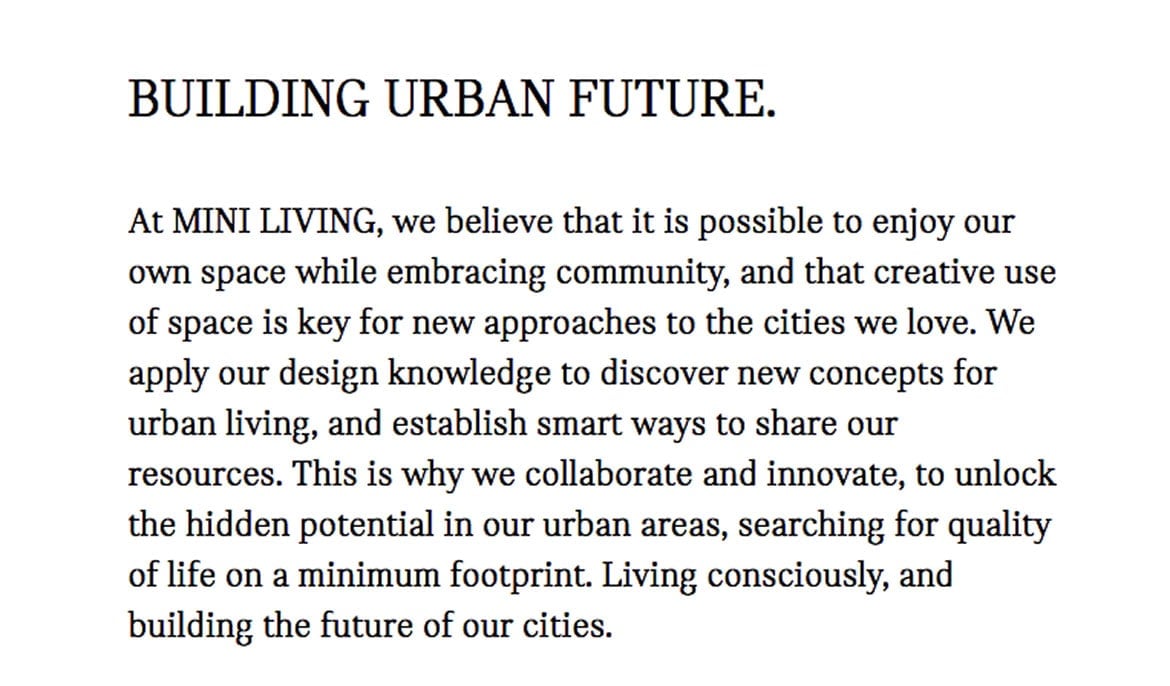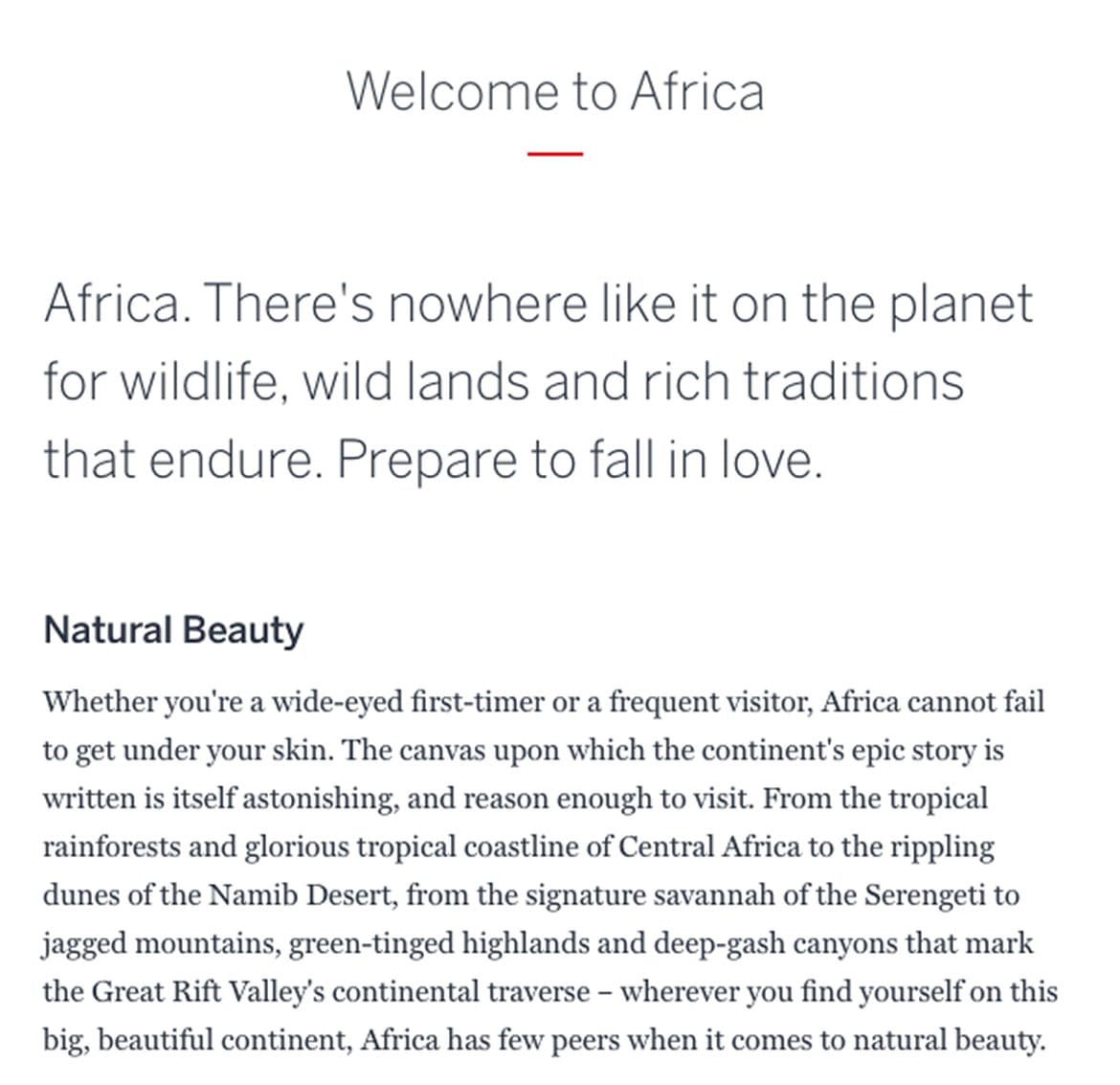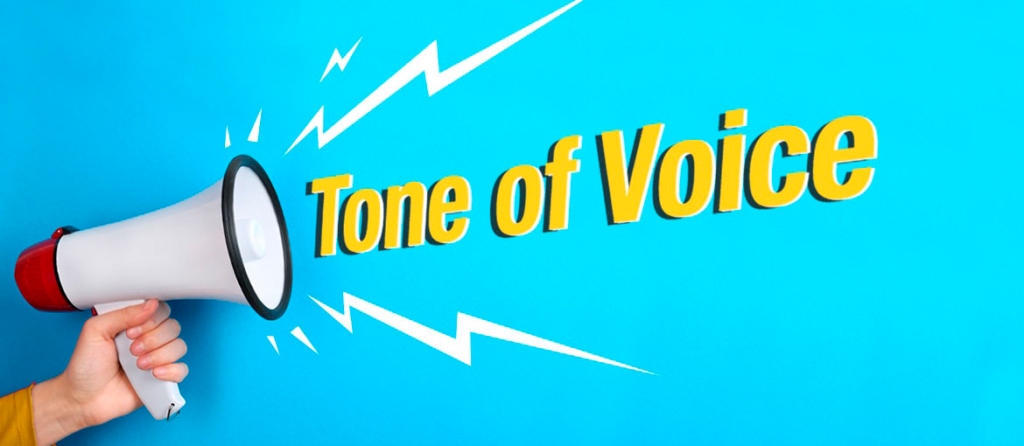You have taken great care of your company’s visual identity, and now your logo, website, and corporate image are well aligned. Now your brand identity is solid and recognizable, or, at least, so you think.
Wait a minute: does your company also have a well-defined tone of voice?
The personality and recognizability of a brand, a company, a professional, rests on two pillars:
- the visual identity
- the verbal identity
In this article we focus on tone of voice (ToV), explain what it is, why it is so important, and how to find it. And then we also show you some examples of tone of voice used by different companies.
Tone of voice: what is it?
Tone of voice is the way a company communicates its personality through words. Just as we choose the graphic aspects that best dress our personality, we also choose the words, the way of expressing ourselves that best represents us. In this way we communicate who we are to those who come into contact with us.
With the right tone of voice we can do a lot for the company:
- We can get closer to our audience and communicate with our target audience, for example by using language that sounds familiar.
- We can position ourselves. For when the way we express ourselves changes, so does the audience’s perception of our services and products.
- We can differentiate ourselves from competitors. Through words we can stand out from competitors and be remembered for our personality.
As you may have guessed, verbal identity is closely related to brand personality. To explain further: you cannot choose to sound like Nike, without embodying all those values that Nike carries forward.
That said, let’s get to the crux of the matter: how do you find a company’s tone of voice?
Tone of voice. Tips for finding one’s voice
Finding one’s verbal identity is not an easy job and it is not for everyone; that is what the copywriter is for. So, just as you wouldn’t ask an SEO expert to take care of the design of your business cards, don’t entrust this job to the do-it-yourself colleague (also avoid “do-it-yourself”): rely on a seasoned copywriter. He/she will know how to find the voice that represents you, through:
- The identification of the company’s personality and values
- The study of the target audience
- The definition of the marketing objectives you want to achieve
Once these aspects are defined, the real work begins on the company’s voice and its nuances, those that delineate its tone.
Once the tone of voice has been found, it is essential that it be applied always and everywhere: on the website, in social media, in brochures and in any other content produced by the company. An “instruction manual” for the proper use of tone of voice, complete with examples, can be very helpful in illustrating to all members of your team how to employ the new tone of voice. If you entrust the work on verbal identity to an experienced copywriter, you will see that, along with your voice, you will also receive a vademecum for its use. If this does not happen, request it: it is a most useful document.
In this regard, we recommend that you take a look at Mailchimp’s tone of voice style guide, which can be found on the platform’s website. In the document, the company talks about its personality and tone of voice, which it describes as informal, funny, and humorous. Read it because it really is a great example for anyone struggling with verbal identity work. And if you feel like going deeper into the subject, we also recommend reading the book Texts That Speak by Valentina Falcinelli, which explains in full detail all the steps to follow in working on corporate tone of voice.
Tone of voice examples: different companies, different tones
Before concluding, we wanted to show you three examples of tone of voice taken from completely different realities.
Buying and selling services: here the key word is reliability.
Subito is one of the most well-known Italian platforms for selling and buying. Let’s focus on the texts on the site: reading them we have the impression of conversing with a real person. His welcoming and affable voice reassures us: the tone of voice is friendly, colloquial and fresh. Here is a small excerpt from the texts on the page: Sales Tips.

Banking and financial services sector: professionalism is the key word here.
BPER Bank has a professional tone of voice but with a warm and welcoming, more human nuance. A nuance that makes all the difference. The tone of voice fits well with the bank’s payoff: close beyond expectations. Here are the words with which BPER Bank describes itself:
“Deep roots but looking far ahead. To serve you better and better we have a large Group behind us but we remain the same as always, close to your needs and projects.”
Travel sector: the key word here is “let me dream.”
One who has succeeded particularly well is Eden Viaggi, an Italian tour operator. Take a look at the pages where the various travel destinations are described, the tone of voice is evocative and dreamlike. The words chosen are very vivid, catapulting us into the places described and showing them to us even more than the pictures. Read this short, dreamy text describing Sardinia.

MAC Cosmetics, worship for the contemporary
MAC Cosmetics was born in Toronto from an idea of Frank Toskan, a make-up artist and photographer. The goal is to create cosmetic products with perfect rendition even in photos. From the first experiments in the home kitchen to today, MAC products have come a long way. The company has distinguished itself with a bold, avant-garde personality that is close to the most contemporary trends. A very different positioning than the big cosmetics brands, think for example of Estée Lauder’s positioning. The tone of voice chosen by MAC Cosmetics reflects its personality: it is inclusive and, dare we say it, almost prophetic, read here.

The “mini way” of communicating
With its “mini” cars, Mini has changed the way we experience the city. The small size of the cars, from 1959 to the present, has always been the brand’s strong point, a motif also used in its best-known advertising campaigns. Mini’s personality is creative, energetic, agile, innovative. And so is its tone of voice: friendly, simple, fresh and fun.

Lonely Planet, dreaming of faraway destinations.
Its guidebooks have probably accompanied you on many of your trips, so you will be familiar with Lonely Planet’s tone of voice. Like so many others working in the travel industry, the company uses an evocative, dreamlike tone. The texts, like the one dedicated to Africa that you can read below, catapult you to faraway places, give you a foretaste of the atmospheres you will experience on your trip and, needless to say, entice you to pack your bags.

Now you have everything you need to start working on your company’s tone of voice: make its voice heard!

